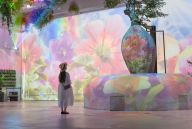A Special Spring Sojourn to the San’in Region
Dive into serene scenes and historical haunts in this underrated part of Japan
Planning on a spring visit to Japan but want to explore less busy parts of the country? This five-day itinerary through the relatively underexplored San’in Region is an ideal way to enjoy the cherry blossoms in this season.
Located in the southwest of Honshu Island, the San’in region encompasses the prefectures of Shimane and Tottori. Although it’s a little further flung from major urban centres, with its beautiful landscapes, abundance of hot springs, rich history and delicious local cuisine, the San’in region more than rivals them as a travel destination in its own right.
From venerable shrines and hearty soba noodles to gorgeous gardens and stunning sand dunes, this journey unearths some of the gems of this ferociously underrated part of Japan.
DAY 1: Shrines, Izumo soba and sacred rice straw festoons

©Shimane Prefectural Tourism Federation
Start your San’in adventure at Izumo Airport in Shimane Prefecture and travel to Izumo Taisha Grand Shrine, one of the oldest and most important Shinto shrines in Japan. Dedicated to Okuninushi-no-okami, the deity of marriage, this sprawling shrine complex is famous for its magnificent shimenawa (sacred rope made of braided rice straw), as well as matchmaking, with couples and single folk alike flocking here to pray for good luck in romance and marriage.
Start Planning!
While you’re there, consider renting a kimono from Goen Style, a kimono rental store near the main gate of Izumo Taisha. Dressing up really makes a stroll around the shrine and surrounding area an extra-special experience! After exploring the shrine grounds, head over to Shinmon Street, a broad shopping street lined with more than 60 shops and restaurants.
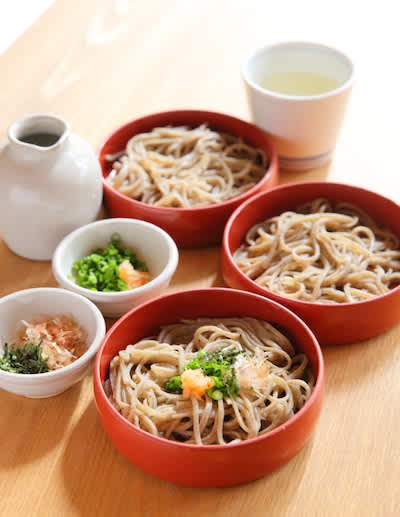
This image is for illustration purposes only. ©Shimane Prefectural Tourism Federation
Besides getting all the lovely souvenirs, you can’t leave without sampling Izumo soba at one of the many soba noodle restaurants along the avenue. Izumo soba is distinguished by its darker hue, rich fragrance and chewy texture, thanks to both buckwheat seeds and husk being ground together while making the noodles. Out of the many shops here, Arakiya is an excellent place to sample this dish — it’s been operating since the 1780s.
DAY 2: Sublime sakura and gorgeous gardens
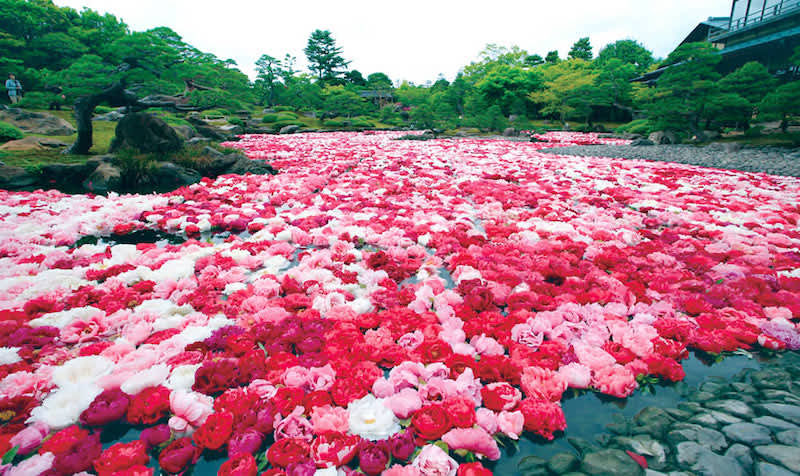
©Yuushien
Start your morning with a visit to Yuushien, a sprawling strolling garden on Daikon Island in the middle of Lake Nakaumi featuring around 250 types of peonies amidst its classic landscape features. The peonies of Yuushien usually bloom year-round thanks to carefully timed planting, but spring is an especially spectacular time to visit. Think clusters of huge, frilly peonies in vibrant shades of pink, yellow, red and white amidst splashes of green. As a bonus, there’s the opportunity to taste tea made from locally grown ginseng too!
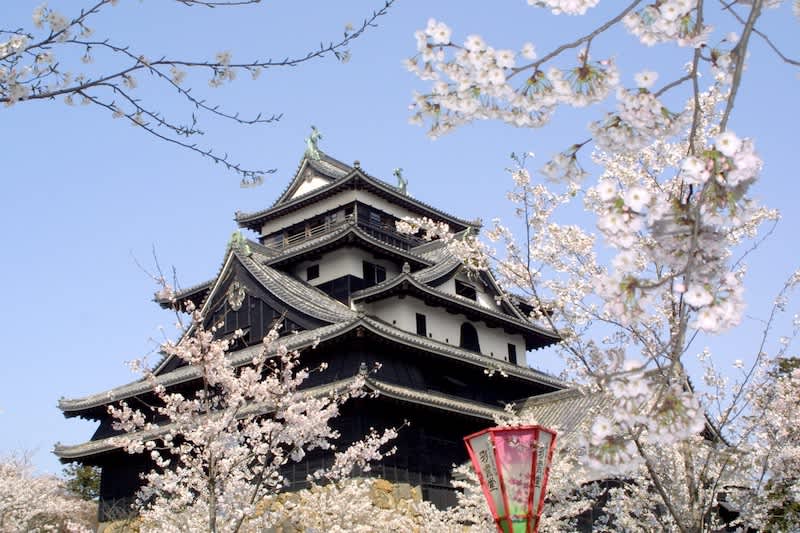
©Shimane Tourism Prefectural Federation
For cherry blossoms in Shimane Prefecture, you can’t miss Matsue Castle, one of five designated National Treasures that also happens to be in the top 100 cherry blossom spots in all of Japan. With about 200 sakura trees on the castle grounds flanked by other blossoms like camellias, azaleas and apricot trees, this spring floral extravaganza is sure to delight even the most hardened soul around — especially if you hop on one of the sightseeing boats on the castle moat!
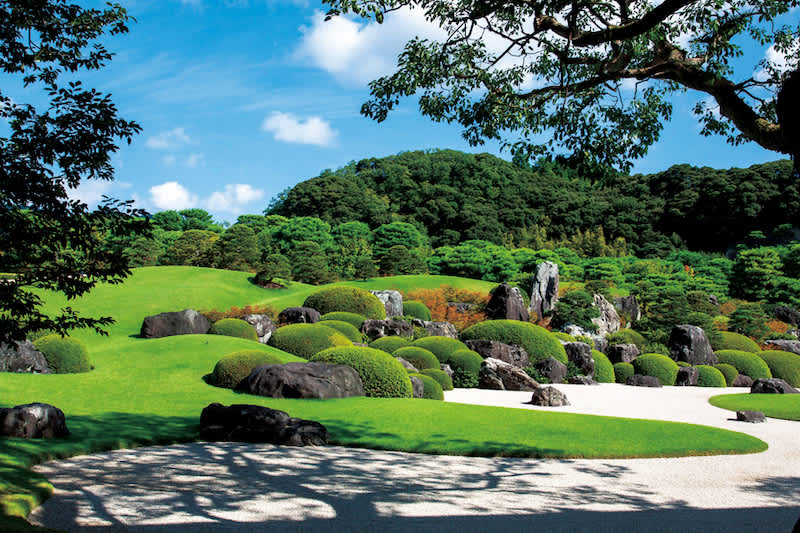
©ADACHI MUSEUM OF ART
But why stop there? Visit the Adachi Museum of Art, perhaps one of the most visually striking Japanese landscape gardens you’ll ever see. When viewed through the cunningly-placed window frames, the garden transforms into intensely artistic snapshots, truly living up to its founder’s idea of a garden being a “living painting.”
Spectacular sunsets at Lake Shinji
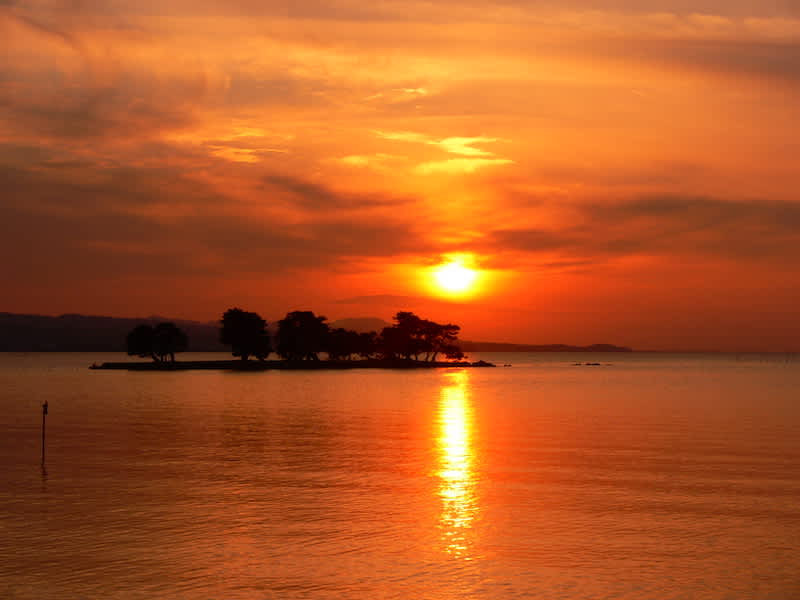
©Shimane Prefectural Tourism Federation
Finish your day at Matsue Shinji Lake Onsen, located on the north shore of Lake Shinji. Not only is this district an ideal base for sightseeing and shopping in Matsue City, but it’s also home to some truly spectacular scenery, especially the sunset over the lake and the early morning views of fishing boats. What better way to end a day than by soaking in a hot spring, taking in the sunset, and then feasting on locally-caught shijimi clams?
DAY 3: Rainbow fields
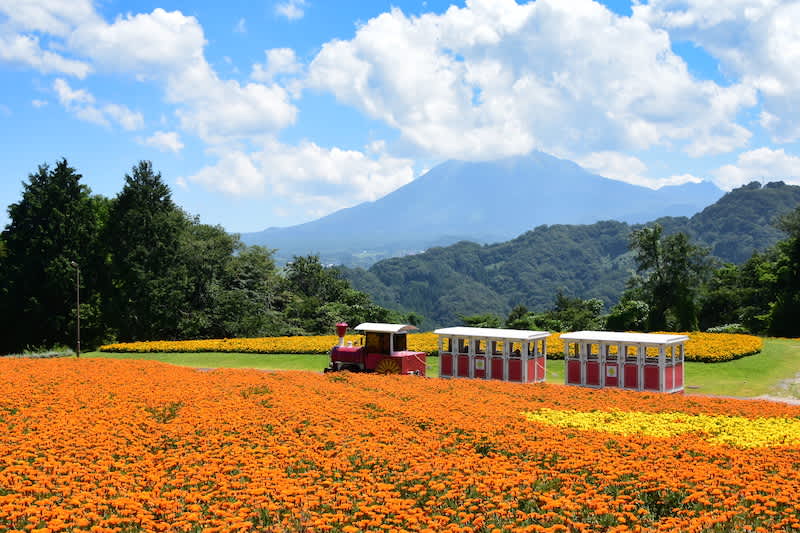
©Tottori Hanakairo-Flower Park
One can never have enough flowers. Today, get your flower fix at Tottori Prefectural Flower Park, a vast flower theme park overlooking Mt. Daisen in Tottori Prefecture. Spring sees a profusion of tulips, Iceland poppies, pansies, violas, and cherry blossoms. You can see 2 million plants of 400 varieties throughout the year. Those who feel like taking it slow can hop on the flower train that slowly whisks you around the park; just sit back, relax, and let the fragrance of spring wash over you.
Hard hikes and hot spring heaven
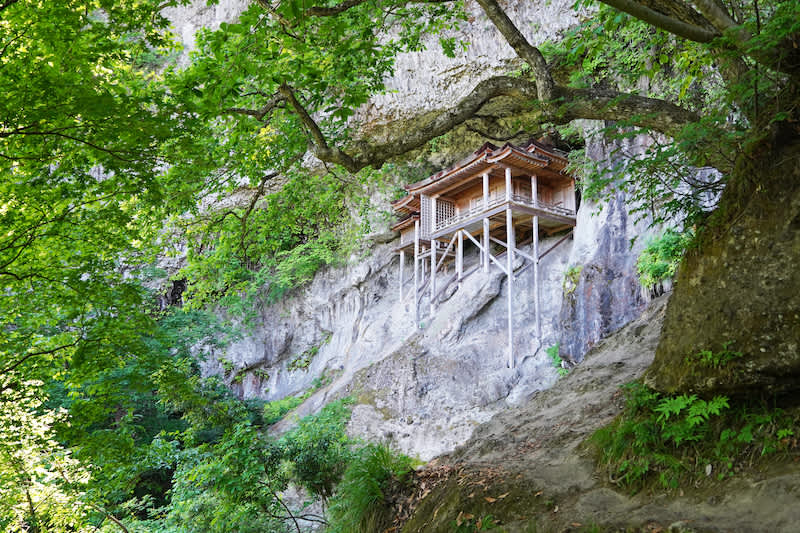
©MISASA ONSEN Tourism Association
But if you’re keen on a challenge, put on your hiking boots and climb up to Nageiredo Hall, a wooden hall precariously perched on a rocky cliffside on beautiful Mount Mitoku. A National Treasure that’s part of Sanbutsuji Temple in the town of Misasa, it’s believed to be in existence since 706 and has been designated a National Treasure of Japan. While getting there requires a strenuous and occasionally dangerous 40-minute hike — there’s no other way up to the temple — you’ll be rewarded with gorgeous views and a sense of accomplishment.
After a long day of immersing yourself in nature, it’s time for a little rest and relaxation. Take a dip in the healing hot springs of Misasa Onsen nearby before a sumptuous dinner at your lodgings — a perfect way to end yet another day of exploring.
DAY 4: Sand, sky and sea
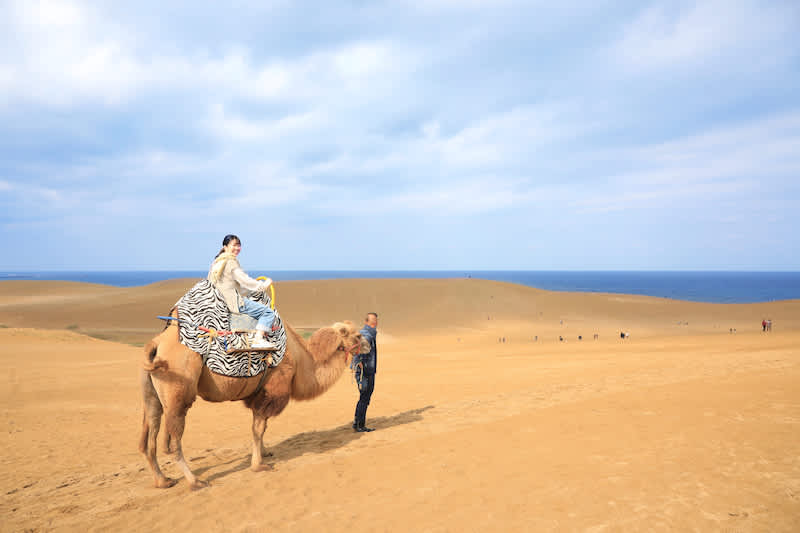
©Tottori Prefecture
After a few days of flowers, it’s time for something completely different — one of the largest dunes in Japan. Can you believe this is in Japan? With constantly shifting ripples carved into the fine sands by the sea breeze, the Tottori Sand Dunes look like they’re straight out of an Arabian fairytale. At the top of the steep sand dunes are fabulous views of the Sea of Japan.
There’s plenty to do here besides admire the view, though. Naturally, you can ride a camel; active types can try sand-boarding or hang gliding, while more arty folks will love the Tottori Sand Dunes The Sand Museum, with impressive giant sculptures made entirely out of sand and water. Don’t forget to try the local sand dune coffee, the beans of which have been roasted at high temperatures using sand from the dunes.
Sakura and shabu-shabu
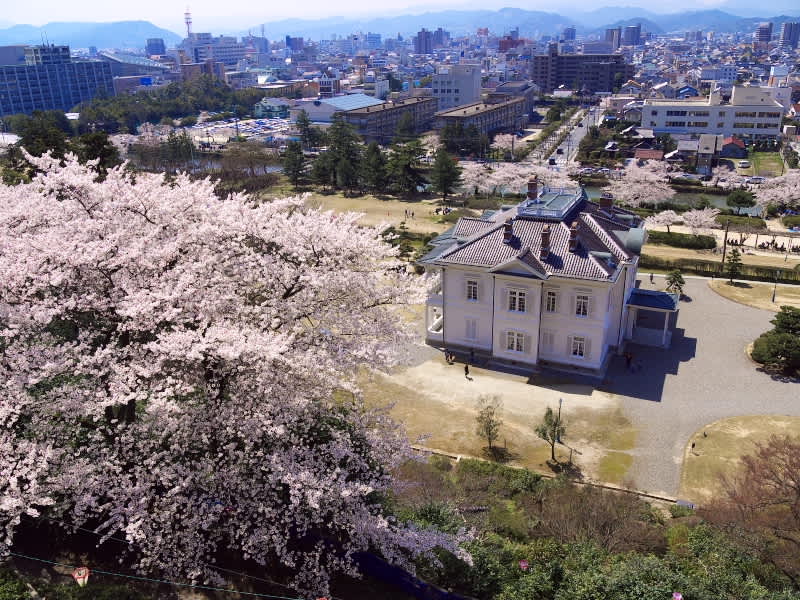
©Tottori Prefecture
Next, make your way to Kyusho Park. It has over 400 cherry trees, making it one of the best spots for cherry blossom viewing in the prefecture. On the park grounds are several points of interest: the ruins of Tottori Castle, the Tottori Prefectural Museum, and perhaps most interesting of all, Jinpūkaku.
Jinpūkaku is an elegant two-storey Western-style residence built in the French Renaissance style, notable for being the backdrop for one of the major fight scenes in the live-action Rurouni Kenshin film. Besides exploring the Japanese garden, don’t forget to head to the second floor of Nifukukan, where you can see pretty views of Mt. Daisen in the distance during suitable weather conditions. Make sure you time your visit before Nifukukan closes in late December for repair because it will not be accessible to guests until autumn 2028 or spring 2029.
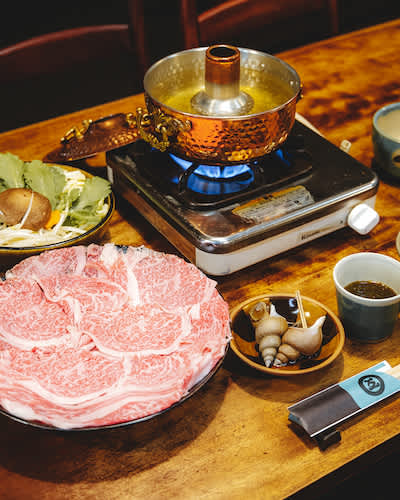
©Tottori Prefectural Government
Follow with shabu-shabu for dinner at Takumi Kappou, popularly considered the birthplace of the dish. Shabu-shabu refers to a hotpot of thinly-sliced beef and vegetables boiled in stock or water, then dipped in various condiments. Trying this dish with gorgeously marbled local Tottori wagyu beef is sure to convert any shabu-shabu sceptics — you’ll never have it any other way after this. Time permitting, you could pay a visit to the Tottori Folk Crafts Museum next door, where you might find charming crockery similar to the one in the restaurant.
DAY 5: A trip to Little Venice
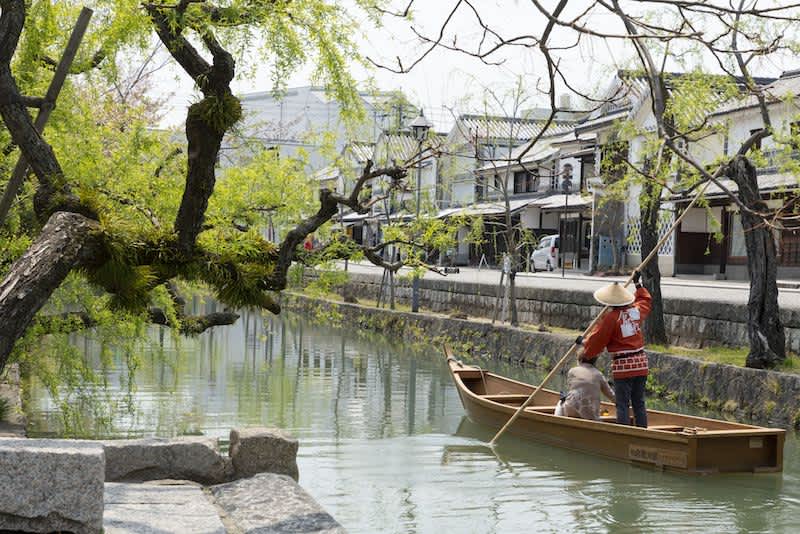
Today, you’ll travel by train to Kurashiki in Okayama Prefecture. Its charming historical quarter has earned it the nickname “Little Venice", and it’s easy to see why — the willow-lined canals, stone bridges and white-walled storehouses that line the streets bring to mind its Italian counterpart!
There’s much to see and do in town. Art lovers will adore the Ohara Museum of Art, the first museum of Western art in Japan, featuring works from the likes of Picasso, El Greco, and Pollock; the Kurashiki Museum of Folkcraft has a rich collection of mingei handicrafts.
Many of the town’s storehouses and machiya have also been converted into restaurants, boutiques, cafes and accommodations, resulting in a delightfully picturesque (and photogenic) area of town. One way to enjoy it is to hop on a boat tour along the Kurashiki River, another is to rent a kimono and stroll around the historic streets. Why not do both?
The wonders of the White Heron Castle

Image provided by: Himeji City
Travel onwards to Himeji Castle in Hyogo Prefecture. Spring is a wonderful time to visit this UNESCO World Cultural and Heritage Site. Not only do you get to see the castle with its dazzling white facade — the source of its nickname, “White Heron Castle” — but also within its walls, you’ll find cherry blossoms like Somei Yoshino and weeping cherry trees. It’s a wondrous place to conclude a five-day journey through this area in Japan.
From Himeji, take a bullet train to Osaka to finish your five-day adventure in the San’in region.
Whether you’re a solo traveller seeking solace in nature or a group going after new adventures in cities, Japan has all you need and more. Discover a Japan for You below.
























































